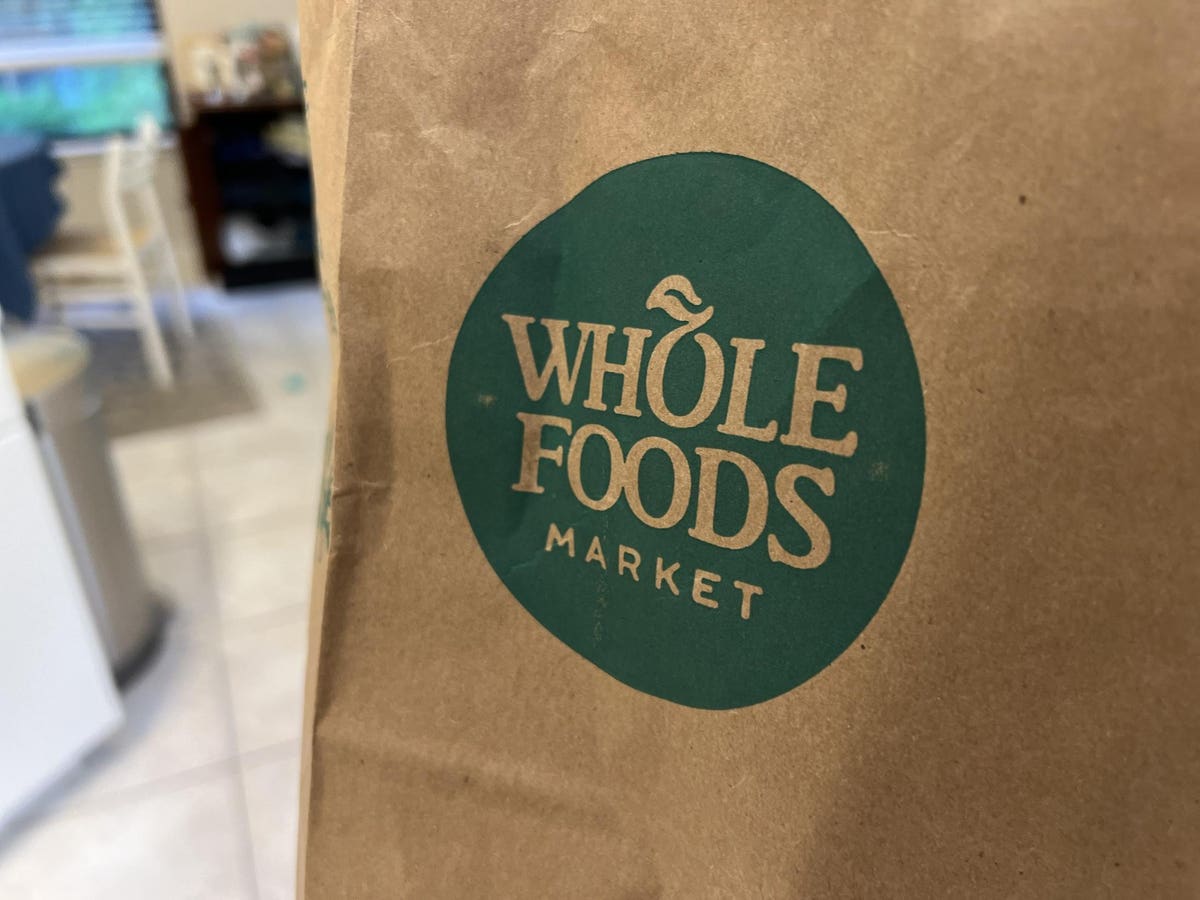A representative of Whole Foods recently discussed plans to improve its price positioning as inflation has continued to drive up grocery bills. Alongside anecdotes of widespread discount tags in a number of departments, and more Amazon
Amazon
Walmart
Unlike Walmart, which is preparing for a new wave of quality-conscious but deal-driven consumers with its new private label, bettergoods, Whole Foods is primed to get traded down from when wallets grow thin. The chain has long come under fire, or has at least been seen as a notable outlier, for its prices (and in its pre-Amazon incarnation sometimes became the object of viral derision over confusing and absurdly-priced products, but given how social media works it’s hard to weight such tempests in a teapot too heavily).
The idea of Whole Foods moving mid-market has been floating around the retail world since before the Amazon acquisition. Taking a look at how near or far the chain has been from finally sloughing off that Whole Paycheck nickname should give some insight into if it plans to succeed in that pursuit this time, how it might do so and if it should.
The Mid-Priced Whole Foods That Might Have Been
In 2017, for a blink before the Amazon deal went through, it was regional grocer Albertsons being talked about as a potential owner for Whole Foods. At the time the notion was surprising. Albertsons
Albertsons
Kroger
Then Amazon bought Whole Foods, generating excitement from many watching the industry and consternation from many within it. This was an Amazon that seemed dedicated to upsetting all apple carts, making an unprecedentedly big push into brick-and-mortar, in an essential retail category no less. Experts were anticipating moves anything but “conventional” from the tech titan; they expected more data-driven innovation, new online-offline hybrid fulfillment strategies, a sandbox for the then-in-beta Just Walk Out technology and more.
Some of this came to fruition, but by today much of the promise has come and gone. Amazon’s other major brick-and-mortar initiatives have wound down, it has pulled way back on its Just Walk Out technology once anticipated to shatter the industry, and even its website navigability has taken a hit. And amid all of that price point at Whole Foods has remained a live issue. In 2017 there was a wave of price drops after the acquisition. In 2019 came another wave, but the prices have never gotten down to a point where the chain isn’t regarded as overpriced.
In this context, one wonders if Whole Foods’ recent talk of lowering prices, in which the chain is sounding quite a bit like Target
Target
Should Whole Foods Become “Just Another Grocer”?
As I discussed recently while discussing the launch of the Whole Foods Daily Shop small-store concept in New York City, the nixed Albertsons deal was not the only time Whole Foods veered away from top-shelf pricing. It has already experimented with an off-price chain, its Whole Foods 365 store, which launched in 2015 and was discontinued after the acquisition by Amazon, the perception being that since prices would drop under Amazon ownership, 365 stores were no longer a necessity.
Now comes news of the in-store price drops, of private-label focus, and shortly before that the news Amazon created an online single cart for the entirety of its grocery delivery, so a customer can put in an order for both Whole Foods products and less upmarket fare and have them show up at the door together, all representing the biggest revamp of the chain seen thus far since Amazon has owned it.
One can imagine a potential future in which Whole Foods replicates this single-cart strategy in real life, with a few adjacent stores, or stores-within-a-store, all under the Amazon umbrella and all shoppable together. One can imagine a slightly different future in which the new Daily Shop stores become home to a full assortment of 365 products, at their now-discounted prices, with Amazon finally circling back around to the abandoned strategy of having an off-price adjunct for Whole Foods shoppers on a budget. One can even imagine the Whole Foods brand starting to mean something completely different than it has as the focus shifts to value.
So is a new brand meaning what Whole Foods needs? Is a national luxury-grocery operator a remnant of an era with different tastes and different finances to facilitate them? Competitors like Sprouts Farmers Market experiencing a run of good fortune would indicate that “natural” grocery does not go entirely out the window in inflationary times, or at least has not yet. The fact that at least some analyses point to Sprouts’ superior price position can’t be lost on Amazon; in specialty grocery as in mass retail, people have an eye on the price tag.
As Whole Foods tries to thread needle of “high-quality, low-price” starting from the opposite direction as Walmart, how close Amazon wants to steer the chain toward the middle may determine what Whole Foods looks like in the long run, as some now argue that it’s getting neither quality nor price quite right. Inflation may be pushing forward a long-considered strategy to offer a different kind of value than Whole Foods once did, in which experience was paramount and price was no object.
Amazon now seems to be leveraging technology and services to provide a different type of value than Whole Foods historically offered; whether customers will be drawn in by the deals, or driven to grocers that do what Whole Foods used to do, cheaper, is something to keep an eye on.
Read the full article here





